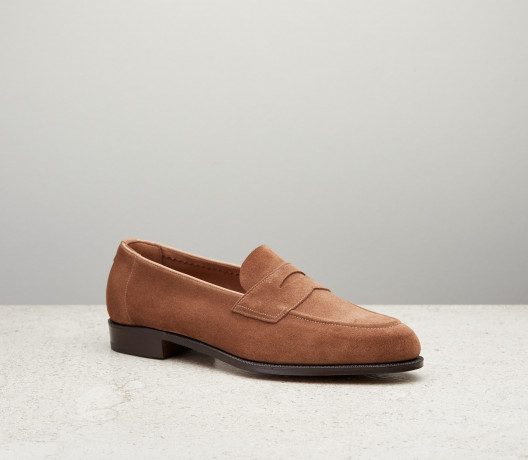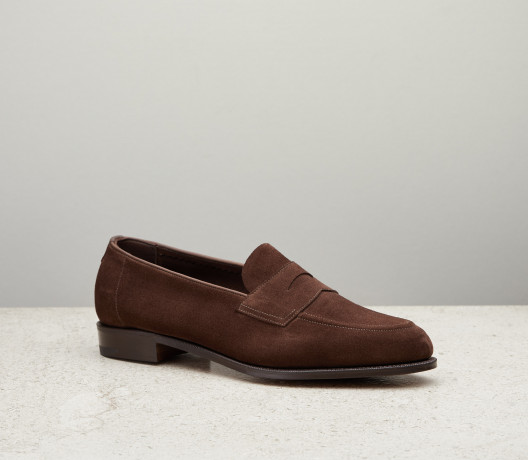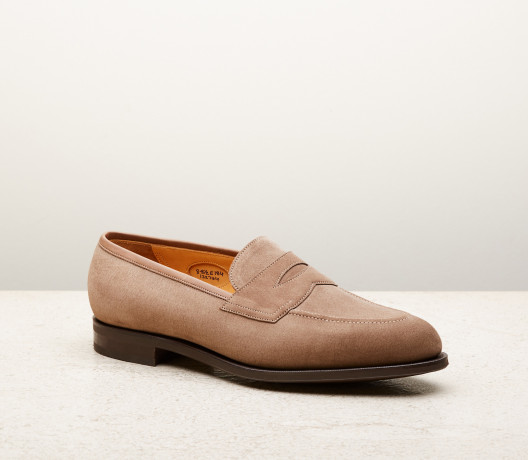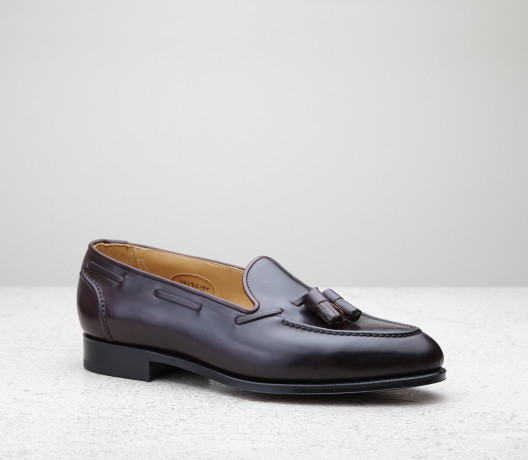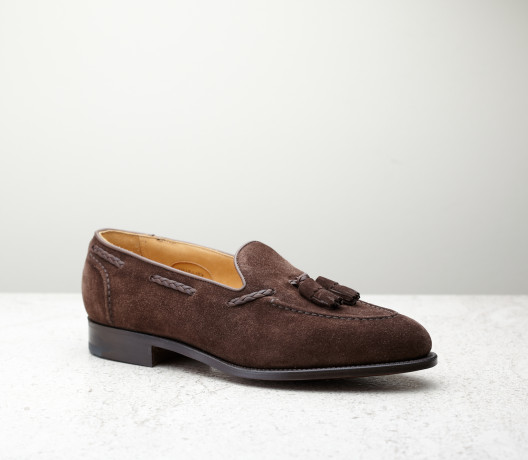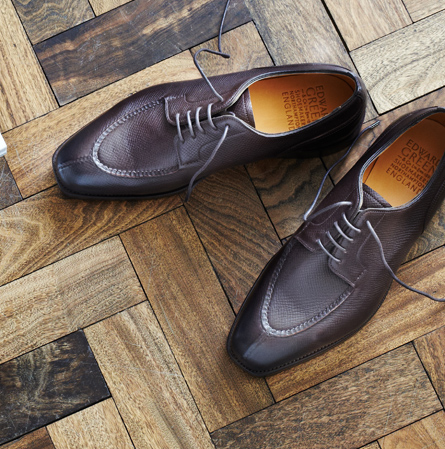You were also in the army. Can you tell us about that part of your life and what was the most important thing you learnt?
Luckily, in the army I was strongly recommended for administrative work very close to home! I like to think that all experiences bring something, and during a year you get to know a lot of different people — I still talk with some of them now.
You’ve described Rimini as ‘your second hometown’. Can you tell us a little about it?
I was born in Forlì, about 25 km away, and moved to Rimini for love – then this small town adopted me. When you live near the sea, it’s difficult to then move to a town with no sea. As soon as I can, I run back from Milan to Rimini – this place is my nest.
Where does your fascination with vintage come from? Was there a moment when you were younger and thought ‘this is for me?’
I was brought up in a simple family; my father was a butcher and my mother a housewife. We did not miss anything but nothing superfluous was taken for granted. My friends back then wore Armani jeans and Timberland shoes but I could not afford these expenses so I used to visit a market in Bologna called La Montagnola. There, I used to buy vintage Levi’s and Ballantyne cashmere sweaters. From that point I fell in love with the vintage world and with everything that follows it. Vintage is like entering a ‘collecting world’; if I found a pair of Levi’ Big E jeans from the 40’s, for me that’s like winning a gold medal at the Olympic games.
Meet Alessandro Squarzi
We visited Alessandro Squarzi, the modern-day menswear polymath, style icon and vintage collector, to hear about his story and learn more about his 50-pair collection of Edward Green shoes.
Based in the pictureseque Adriatric resort of Rimini, Alessandro reveals the catalyst of his decades-long vintage obsession; the inspirations behind his menswear brand, Fortela; and why the Coca-Cola bottle and our Piccadilly loafer have more in common than you might think.
Words by Ben Browne | Photography by Lorenzo Sodi

Hello Alessandro, how’s life in Italy at the moment and what has been keeping you busy this year?
Life in Italy is slowly going back to normal and I’ve been continually working hard working with my collaborators remotely. Luckily, the factories and workshops I work with on Fortela have remained open and we’ve been able to continue production. Work aside, I bought a horse that I keep in Rimini (which is where I spent lockdown) and so during this past year I’ve been riding with my daughter on the empty beaches there.
Your first job in the fashion industry was working in a menswear store in Forlì [a city in Italy’s northern Emilia-Romagna region]. Are there any lessons that you learnt then that still apply to your work today? If so, what are they?
That’s right. I started as a store clerk and, if you are clever you can learn a lot from this experience. You’re always in contact with the public and you get to understand what people want and what is missing in the collections. What I try to teach to my collaborators is that they are the primary filter, and that they must try to understand if what is offered in the stores is going to sell.


Why was the 1950s such a fantastic period for design and how did the war of the 1940s influence it? Did the economic boom and the optimism that came with it inject a great amount of creativity into all sectors of design?
Often the wars break with the past and this creates innovation. During WW2 all the soldiers were very elegant (especially the Germans) and this created a style. The economic boom that followed increased consumption and this helped creativity. Overall, I am very attracted to those years both for design and for how elegance was still very present as I believe that elegance is missing today. Both my menswear company Fortela and the way I dress are strongly influenced by those years with regards to fit and silhouette. There are pictures of actors like Steve McQueen and Paul Newman dressed in a marvelous way and this taste I try to inculcate in those who follow me and Fortela.
What guarantees a product will be considered timeless? Does the manufacturing have to be done in a certain way or does it come purely down to the design of the object?
I am a big supporter of manufactura and if a product is poorly made from weak materials, a garment will never be timeless even with a good design.

Globalisation has stifled the fashion industry. If you could wave a magic wand and make changes to the industry, what would they be and why?
If I had a magic wand, I would make all streetwear disappear! Unfortunately, though, at the moment it’s strongly in fashion. Customers at the moment are buying from brands that I don’t think will leave behind any kind of legacy. I really don’t know what we will find in 40 years that will be classified as vintage from this period. Luckily, there are no more wars and consequently army clothes. Lots of workwear clothing now comes from China and is made to a very low quality – they’re objects that are made to be thrown away. This is a question I always ask myself: will vintage still exist?
What major consumer habit changes will we see in the fashion industry as a result of COVID-19?
COVID-19 has changed everybody’s life. Democracy suddenly disappeared and all kinds of freedoms have been taken away. This we will not forget. We realised how fragile we are and we realised that today we are here but tomorrow we do not know. People probably will choose to buy things that can last and will stop rushing to buy futile things. It will be more important to buy things that last and that you can pass on.

What’s your first memory of Edward Green and how many pairs do you think you own? Do you have a favourite?
I bought my first pair when I was 24 in a store called Savile Row in Forlì and I think I have around 50 to 60 pairs, which I hope to post soon. My favourite model is the Belgravia in Crocodile leather which I use principally during summer. I always take it with me on all my journeys for any engagement — I’m always smart when I’m wearing them. I also have Westminsters and Piccadillys, in different leathers including crocodile. And I've just added a pair of Piccadillys in utah which I bought from my friends at Bartoli. It's a fantastic shoe in a wonderfully soft leather — extremely comfortable. Another favourite is the Harrow in mink suede.
What makes Edward Green such a special company compared to other Goodyear-welted shoemakers? Seeing as you have 50-60 pairs, there must be a few reasons!
I am deeply in love with the last, the fitting and the shape of the shoe - they are so versatile. The older I get the more I look for perfection and quality.
Anything that has a history and heritage has a strong personality. For me, Edward Green has a strong personality because it is full of history and this makes a difference compared to other shoemakers – culture and history add a huge amount of value to a product.

You’re wearing a pair of Piccadilly loafers — a classic design of ours. In your opinion, how does one design a classic? Does the design process have to closely follow an old recipe, or can it be entirely new?
There are many loafers and there are many soft drinks, but the design of the Coca Cola bottle is unique. The design of the Piccadilly loafer and the Coca Cola bottles are both timeless.
You can have style and quality, but it’s difficult to say if this can become a new ‘classic.’ But if it’s appreciated in future — then you have designed a ‘classic.’
For those visiting Italy for holidays, where would you recommend going? Is there a restaurant that’s a must-visit?
The area from which I come has always been known more for hospitality than for the sea. However, I guarantee that the quality of local fish in Rimini is better than any other area. If you visit Rimini, there are two or three restaurants you can’t miss: Casa Tua (alias Silvano) in Cesenatico; Terre Alte in Longiano near Cesena; and Zaghini in Santarcangelo di Romagna, which has the best tagliatelle in the world. Once you’ve eaten that, you can truly say I’ve eaten a real tagliatelle!



